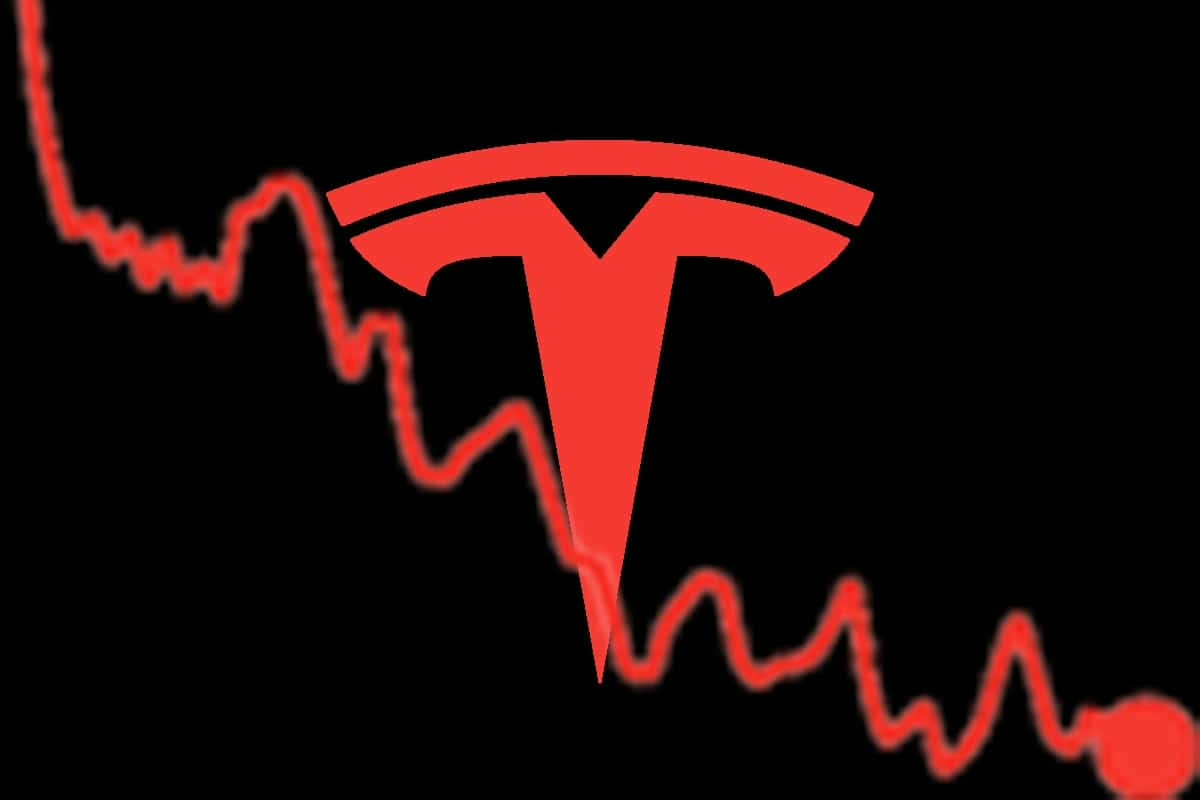What is the current actual situation of Tesla?

Tesla is going through a critical period, marked by concerning financial results and a strategic review that reveals some fragility.
After a disastrous first quarter of 2025, Tesla no longer displays the usual confidence in its ability to recover its automotive business growth. To date, vehicle deliveries have fallen by more than 50,000 units compared to the previous year, a trend difficult to reverse in the current economic context.
2024 had already sounded the alarm, marking the first yearly decline in deliveries in a decade. Tesla had tried to reassure investors in January, betting on advances in autonomy and the arrival of new models to reboot the company in 2025. But the reality has proven to be much darker: the manufacturer is now forced to revise its ambitions downward and delay any updates to its forecasts until the next quarter.
The green energy smokescreen
A major shift in Tesla’s communication strategy further complicates the picture. By combining the results of its automotive and energy activities, the company conceals the specific difficulties of its most high-profile segment. This strategic choice, presented as “a response to the complexity of global supply chains and trade policies,” appears more as an attempt to dilute disappointing performance into more diversified prospects. This move raises questions about Tesla’s true health, as its energy segments remain a minor part of its revenue.
Furthermore, the announcement of new so-called “affordable” models, scheduled for the first half of 2025, seems more like a defensive strategy than a genuine innovation. These vehicles, described as simplified versions of the Model Y and Model 3, risk cannibalizing current sales without creating significant growth momentum. This “tomorrow we’ll make cheaper cars” announcement is likely to mainly cool potential buyers and immediately worsen the company’s results.
Finally, Tesla continues to heavily rely on the sale of regulatory carbon credits to maintain positive finances. Without these revenues, the company would have even recorded losses in the first quarter. With an uncertain macroeconomic environment and increasingly aggressive competition, Tesla appears more vulnerable than ever. Its current decisions illustrate less a growth strategy than an effort to contain the damage.
ALSO READ: To save Tesla, Elon Musk is willing to leave Donald Trump
This page is translated from the original post "Quelle est la situation réelle de Tesla ?" in French.
We also suggestthese articles:
Also read





